The S24 line comes in three versions: the S24, the S24+ (Plus), and the S24 Ultra. The S24 Ultra starts at $1,300, the S24+ costs $1,000, and the S24 retails for $800.
In the North American market, all models use the Snapdragon 8 Gen 3 chip. Meanwhile, in other regions, the S24 and S24+ versions will use the Exynos 2400 chip.
Samsung is also promising seven generations of OS upgrades and seven years of security updates across the three phones, matching the impressive support timeline Google has promised for its Pixel 8 line.
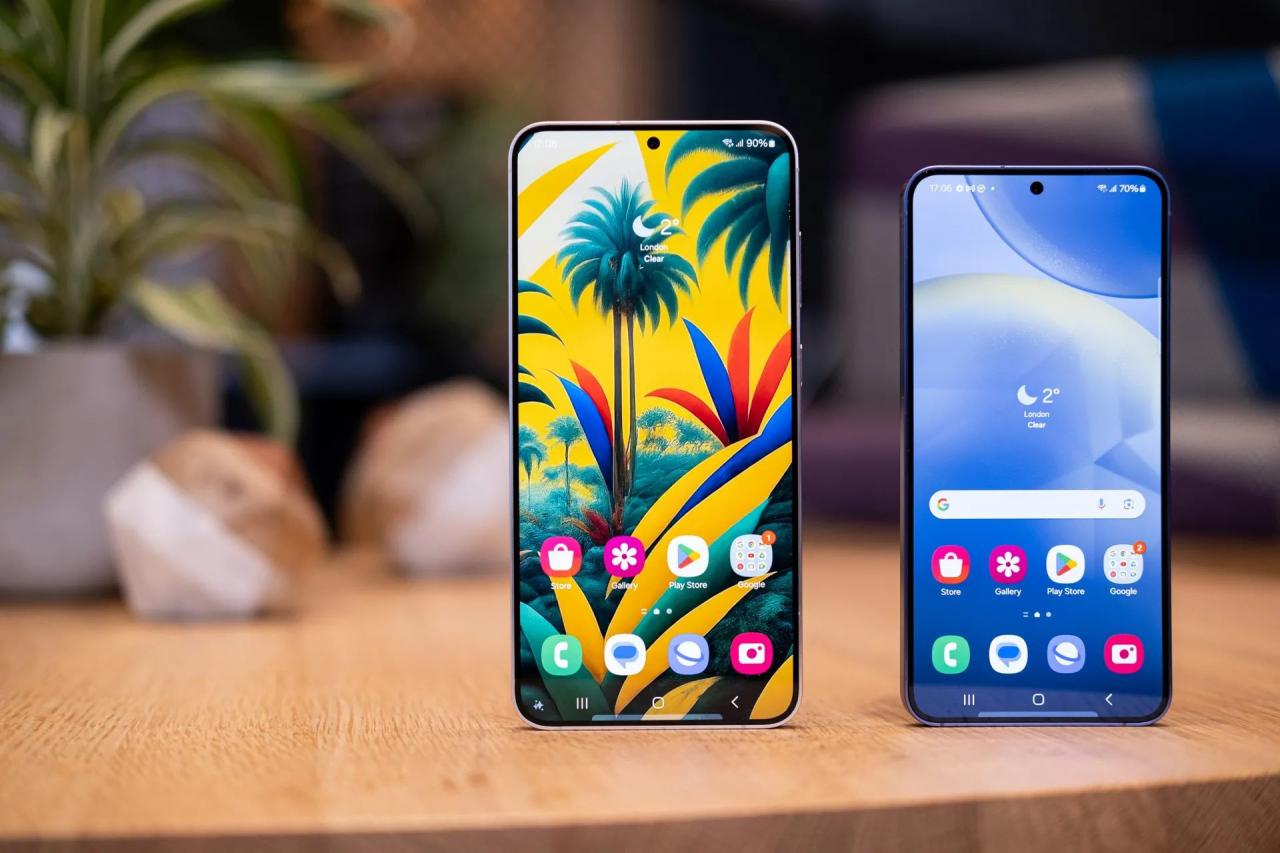
“The Galaxy S24 series devices, along with Google’s Pixel series, mark the dawn of consumer AI on smartphones,” said Ben Wood, principal analyst at CCS Insight. “This is a trend that will be repeated by all smartphone manufacturers, including Apple, as they increasingly add AI-powered capabilities to their new devices.”
The Galaxy S24 and S24+ are largely a continuation of what we saw with last year's S23 devices, but there are some hardware upgrades. For example, the S24's displays are both larger and brighter this year, measuring 6.2 and 6.7 inches, respectively (up 0.1 inches from the S23 and S23+), with a peak brightness of 2,600 nits (up from 1,750 last year). And the S24 Plus now has a 1440p resolution, up from 1080p.
The S24 comes with 8GB of RAM, with options for 128 or 256GB of storage in the US (European buyers get an additional 512GB storage option), while the S24 Plus has 12GB of RAM with 256 or 512GB of storage. Battery capacity has increased slightly from last year (4,000mAh for the S24 and 4,900mAh for the S24 Plus), but the advertised maximum charging speeds are the same (25W and 45W, respectively). Both phones support wireless charging via Samsung's Fast Wireless Charging 2.0 at up to 15W.
The S24 and S24 Plus have aluminum frames, instead of the titanium frame on the S24 Ultra, and they're protected by Corning Gorilla Glass Victus 2 instead of Corning Gorilla Armor.
The main camera specs remain unchanged. Both phones still have triple-camera setups, each consisting of a 50-megapixel main camera, a 12-megapixel ultra-wide camera, and a 10-megapixel telephoto camera with 3x optical zoom.
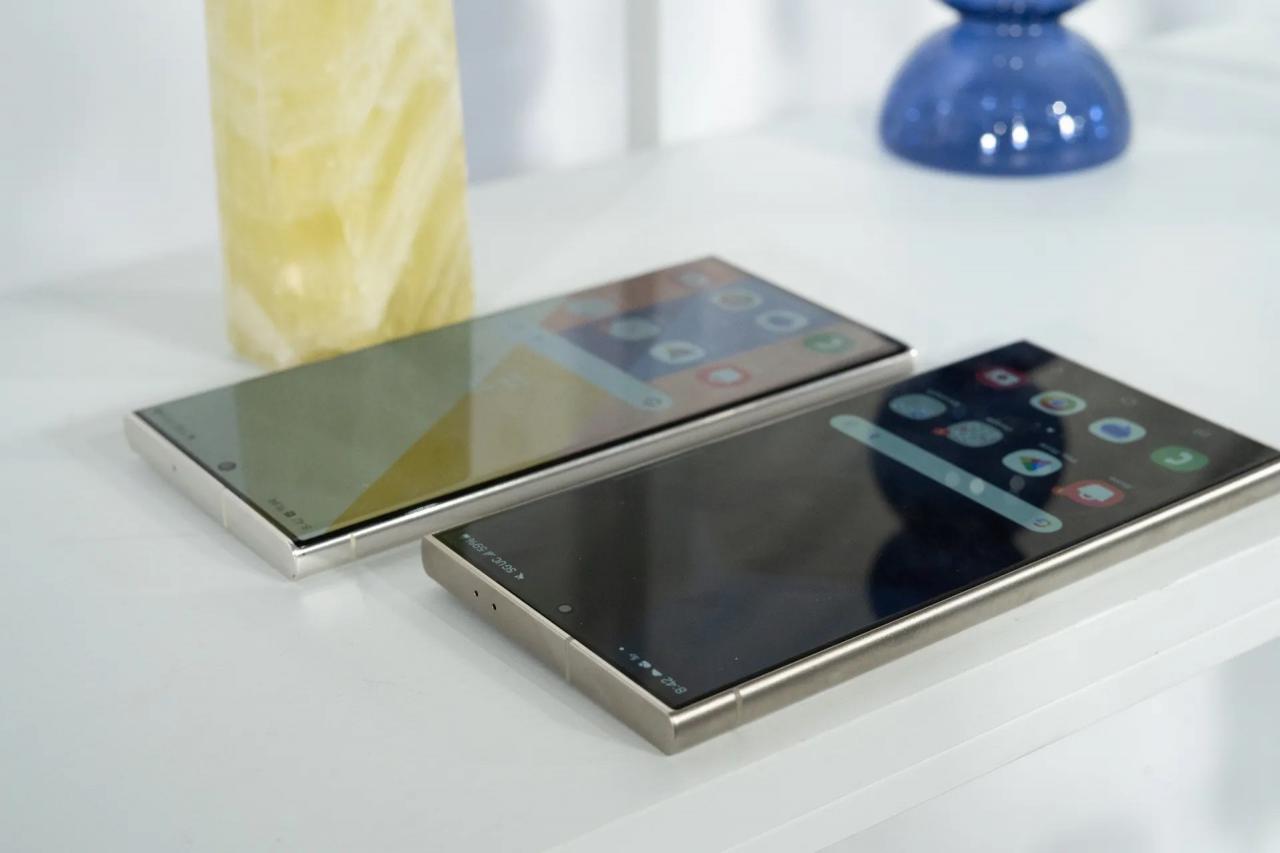
In addition to the AI photo editing tricks mentioned above, the S24 series also has better support for HDR photos, which can now be taken in third-party social apps, not just in the main camera app.
Meanwhile, the Samsung Galaxy S24 Ultra is generally not much different in appearance compared to the S23 Ultra. The highest-end Galaxy model shares the same size parameters as its predecessor, with a 6.8-inch screen, but has been beveled flatter. The biggest hardware upgrade is that the S24 Ultra model is covered in titanium, providing more solidity than the previous generation.
AI features are the focus
The key difference this time around is inside the smartphones, rather than the hardware: Samsung is pushing artificial intelligence (AI), with the goal of on-demand AI that can perform AI tasks directly on the device rather than through the cloud.
Samsung’s voice memo app on the phone can now record user conversations and has an option to automatically summarize the recording. For photo editing, a Magic Editor-style feature lets you move objects around the frame after you’ve taken a photo. The S24 series also supports Google’s latest “Circle-to-Search” trick.
In addition, the S24 series can “translate” phone calls in real time, support 13 different languages, and provide text message translation. The Korean company also equipped the virtual keyboard of the S24 series with a “tone correction” feature that allows users to create their own unique texts, as well as the ability to correct grammar and spelling errors.
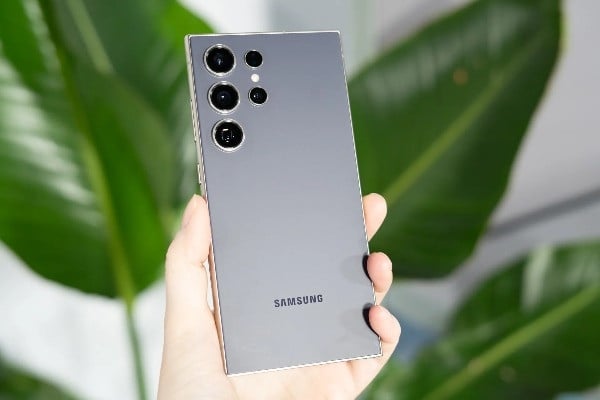
Samsung Galaxy S24 Ultra: More expensive, more powerful and smarter
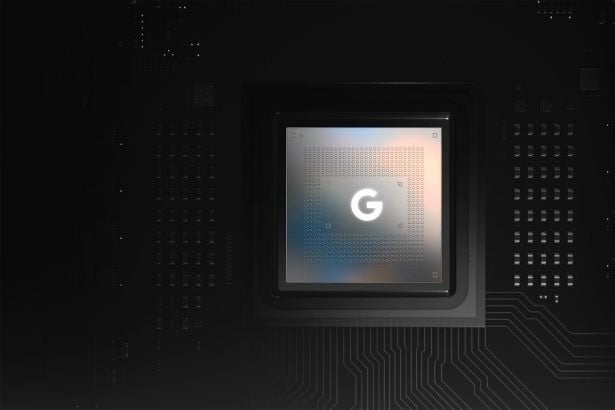
Abandoning Samsung, Google chooses new partner to develop next-generation chip
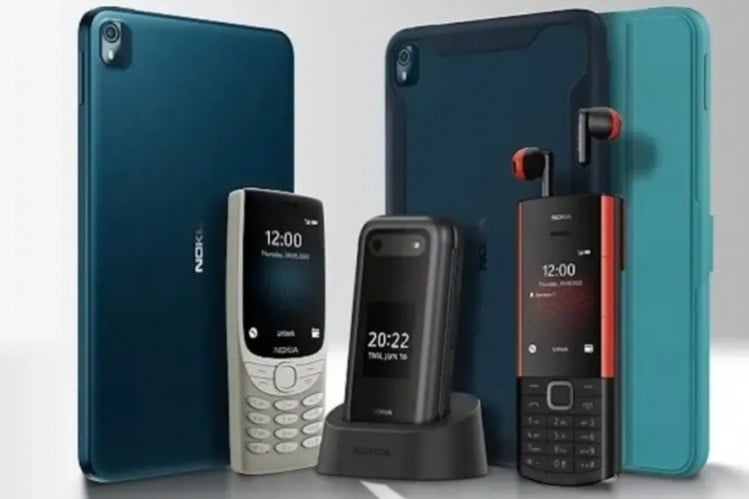
The era of Nokia-branded smartphones is over

Source




![[Photo] General Secretary To Lam visits exhibition of achievements in private economic development](https://vphoto.vietnam.vn/thumb/1200x675/vietnam/resource/IMAGE/2025/5/18/1809dc545f214a86911fe2d2d0fde2e8)


![[Photo] Ready for the top competitions of Vietnamese table tennis](https://vphoto.vietnam.vn/thumb/1200x675/vietnam/resource/IMAGE/2025/5/18/9c547c497c5a4ade8f98c8e7d44f5a41)




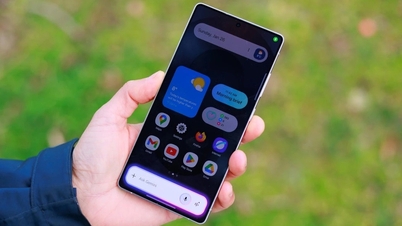

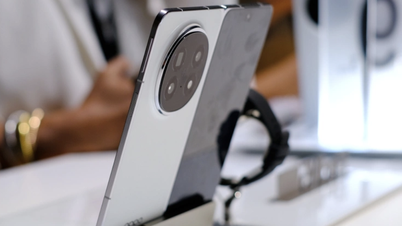

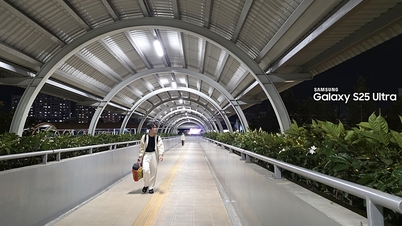
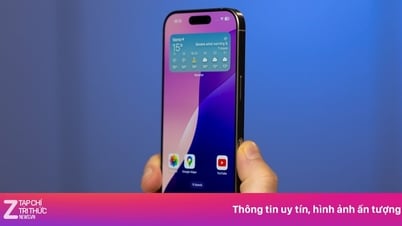

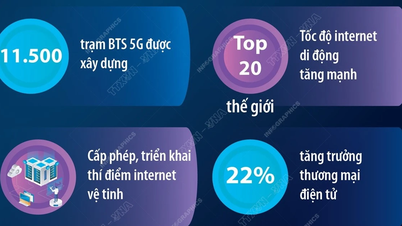

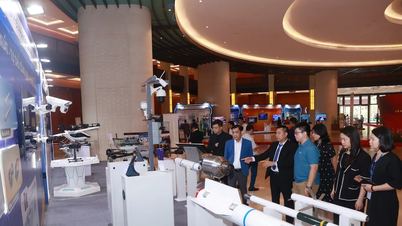

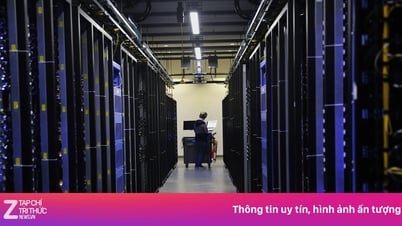











![[Photo] National conference to disseminate and implement Resolution No. 66-NQ/TW and Resolution No. 68-NQ/TW of the Politburo](https://vphoto.vietnam.vn/thumb/1200x675/vietnam/resource/IMAGE/2025/5/18/adf666b9303a4213998b395b05234b6a)































































Comment (0)